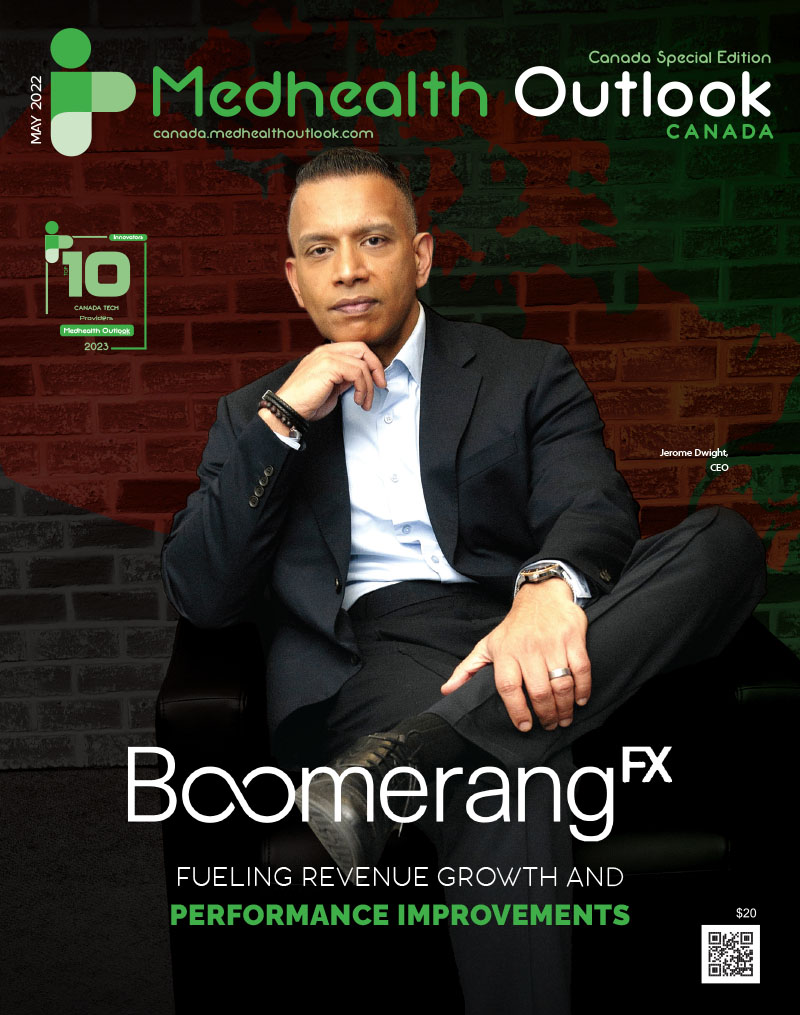Epic, Cerner, and Meditech are the top vendors manufacturing Electronic Health Records (EHR). Many other EHRs available, but these three vendors represent approximately 70% of the 5,400 acute care hospitals in the United States. Any EHR platform should accomplish several outcomes: increased efficiency, quality, and waste reduction. Patient satisfaction is an added value benefit for the healthcare consumer if the platform improves communication, access to scheduling and test results, and billing accuracy.
The Veteran’s Administration has been utilizing an EHR since the early 1970s. It wasn’t until 2006 that the Certification Commission for Healthcare Information (CCHIT) certified vendors as compliant with the HL7 electronic standards. HL7 is an international, nonprofit standards-developing organization that began in 1987. Widespread concern about recordkeeping’s effect on public health prompted the incorporation of the EHR into the Economic and Clinical Health Act (HITECH) in 2009. Meaningful use was introduced and became a mandatory incentive for physicians and hospitals to transition to the EHR when providing care to patients.
To Error is Human highlighted that reducing medical errors reduces liability exposure for healthcare institutions and healthcare providers and improves the quality of care for the patient. A strategy common to many EHR is to use clinical decision support tools. Clinical decision support systems are computerized systems designed to assist clinical decisions about an individual patient, and risk managers recognize that clinical decision support can introduce new risks to clinical care. There are two types of clinical decision support. One augments human capabilities, e.g., automatically generating a line plot of vitals signs to visualize a trend. The other intends to offload tasks required of a healthcare provider, e.g., inform clinical recommendations that do not require the provider to guide or direct the initiation of a task—the provider shifts from deciding to monitoring the decisions made by the system. When providers become too far removed from reviewing and analyzing patient data and making decisions based on their training, knowledge, and skill, patient care can suffer. Electronic systems are no substitute for the critical thinking of a healthcare professional.
Patient care is reviewed through a critical lens when patient outcomes are not as expected. The internal operations of healthcare institutions should have policies and procedures that guide the review process when adverse events happen. The healthcare institution must follow established policies and procedures to provide evidence that a review of quality patient care occurs when outcomes are not as planned or anticipated. Regulatory bodies, Federal agencies, and litigation firms may also review the patient care provided if adverse events rise to a level of potential negligence, malpractice, or threat to public confidence. The evidence of critical thinking, application of standards of care, and following internal policies and procedures should be found in the entries of the EHR when scrutinizing patient care. Often this is not the case and presents challenges for the healthcare institution and healthcare providers.
EHRs that find their way into litigation are frequently deficient in the following areas: the entries are not specific to actions taken when warranted by the patient’s status, the lack of entries reveals gaps in patient care, inconsistent record entries are apparent by multiple late entries, back timing, or copy and pasting, and when a checked box indicates the completion of patient care only to discover elsewhere that the patient care actually, was not completed. Many EHRs do not provide adequate free text entry fields for narrative entries; therefore, only the information available in the EHR may be interpreted as incomplete when reviewed with scrutiny.
Nursing Care Plans and Protocols are often not easily individualized as required by practice standards. When standardized care plans are initiated electronically without individualization, interventions included in the care plan are frequently not appropriate to the patient. The EHR may not have an electronic form of protocols; instead, a paper format is relied upon for care. A healthcare provider must capture in the EHR implementation of a protocol in paper format to demonstrate adherence to physician orders.
Charting-by-exception method of documentation is controversial in the healthcare industry but, more importantly, in the legal arena because “If it was not charted, then it was not done” resounds. Charting-by-exception has varied interpretations by institutions that use this method of charting. A jury has deemed the lack of qualitative documentation’ carelessness in monitoring’ a patient. The hospital was found negligent in not dealing appropriately with a wound infection, cleaning, and bandaging because the nurses did not chart beyond checked boxes. Checked boxes do not eliminate the need for some narrative notes.
The EHR has most assuredly improved the documentation of many aspects of patient care and capturing patient billing, but there is still room for improvement to ensure healthcare providers can definitively convey the quality of patient care in the EHR through documentation. Capturing a healthcare provider’s critical thinking remains key to analyzing adverse events. A common finding among negligent cases is that critical thinking is less and less evident in the EHR, and when working with nursing students in a clinical setting, reliance on the technology of the EHR prompts decreases the critical thinking of novice nurses. Guessing or agreement with no foundation occurs. Nurses have a more difficult time answering questions during a deposition about the patient care they provided using only checked boxes and are not prepared to speak to the bigger picture of the patient’s plan of care and treatment plan.
Quality patient care requires that nurses apply learned and practiced critical thinking skills for optimal outcomes. The implementation of the EHR threatens the following critical thinking skills:
Analyzing: separating or breaking a whole into parts to discover function and relationships
Applying Standards: judging according to established professional, or social rules or criteria
Discriminating: recognizing differences and similarities among things or situations and distinguishing a category or priority
Information Seeking: searching for evidence, facts, or knowledge by identifying relevant sources and gathering objective, subjective, historical, and current data from those sources
Logical Reasoning: drawing inferences or conclusions that are supported in or justified by evidence
Predicting: envisioning a plan and its consequences
Recommendations for Leadership Teams
- Do not become over-reliant on technology.
- Document what you see, what you hear, what you feel, and what you smell.
- If in doubt, document it.
- Provide EHR training and ongoing support for healthcare providers to avoid/deter workarounds.
- Include walking rounds to observe healthcare providers entering information, e.g., checking boxes without reading, verifying, or conducting the assessment.
- Conduct regular mock chart reviews as a learning session for completeness, accuracy, and adherence to standards of care.
- Explore with the EHR vendor the ability to create additional free text entry fields when warranted.
- Collaborate with Risk Management regarding current and past litigation to determine the EHR factors involved and develop an action plan for corrective or preventive action.













